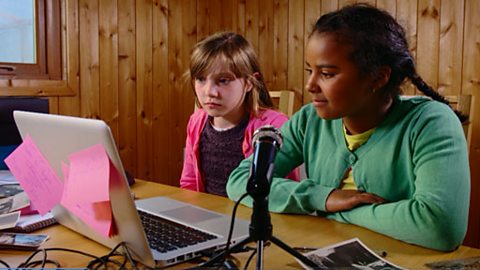In the first top tip 91Čȱ¬ producer, Steve Humphries, and a group of children show the importance of choosing an interesting character to interview for a film project.
They explain that producers and interviewers should look for a lively character with a strong voice.
The children meet someone with these characteristics; a World War Two veteran called Fergus Anckorn, who has a remarkable story to tell.
This is then followed with two clips of interviews made by children around the country as part of the 91Čȱ¬'s Make Film - Greatest Generation project.
In the first clip a Naval veteran describes how he had to track planes when he was a gunner, while in the second a lady describes her childhood air raid experiences.
Both of these interviews combine archive footage with voice over and shots of the interviewee.
This clip is from the series Filming our Greatest Generation.
Teacher Notes
This could be used as a prompt for discussion about oral history projects.
You could use it to introduce the concept of using open and closed questions to get the most out of interviewees.
Ask the children to consider what questions would they have asked the interviewee?
Pupils could also look at the format of the interviews and develop planning, editing or storyboarding skills with regards to filmed interviews.
Curriculum Notes
This clip will be relevant for teaching Media Studies and History at Key Stage 2 in England, Wales and Northern Ireland and at Second Level in Scotland.
More from the series Filming our Greatest Generation
Using archive footage or photographs. video
A group of children look at ways of illustrating their story using archive footage and photographs for a World War Two history project.
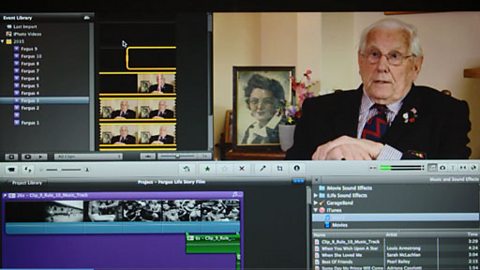
Good interview questions. video
A group of children explore the best ways to prepare interview questions for a World War Two history film project.
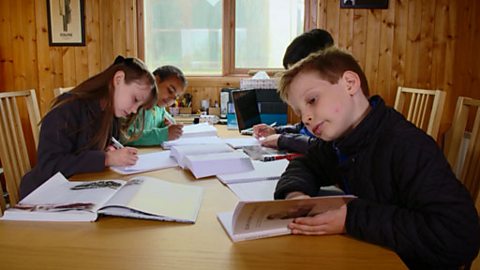
Choosing a good interview location. video
Under the guidance of 91Čȱ¬ producer, Steve Humphries, the children demonstrate why a good location is essential when interviewing for film.
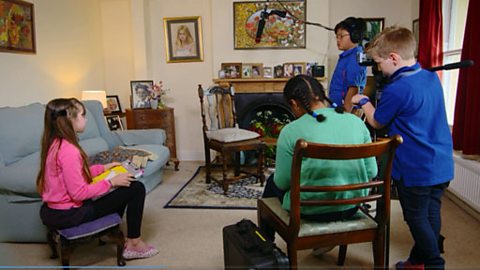
Setting up film shots. video
A group of children look at different ways to set up and frame shots when filming an interview for a World War Two history project.

Recording sound for an interview. video
A group of children look at how to set up clear sound recording when filming an interview for a World War Two history project.
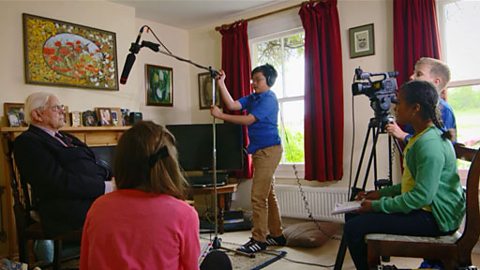
Interviewing techniques. video
A group of children demonstrate key techniques a good interviewer can employ while filming their interview for a World War Two history project.
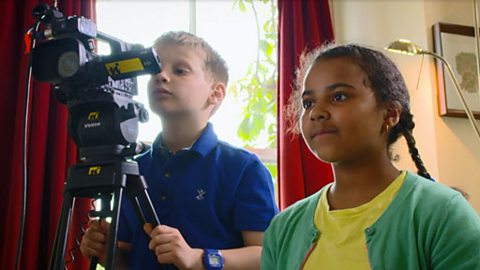
How to edit your interview. video
A group of children look at editing techniques for a World War Two history project.
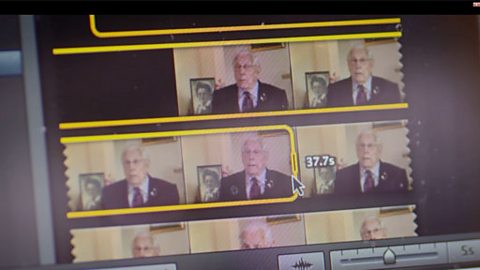
Using music in a film project. video
A group of children look at how adding music can enhance their World War Two history project.
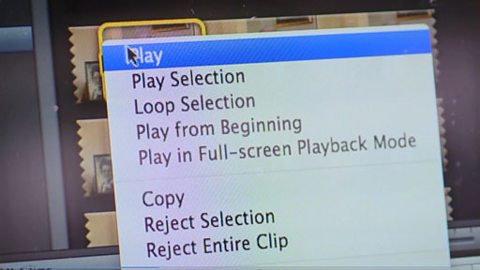
Adding voiceover to a film project. video
A group of children demonstrate how to use voiceover to enhance their World War Two history project.
